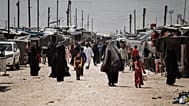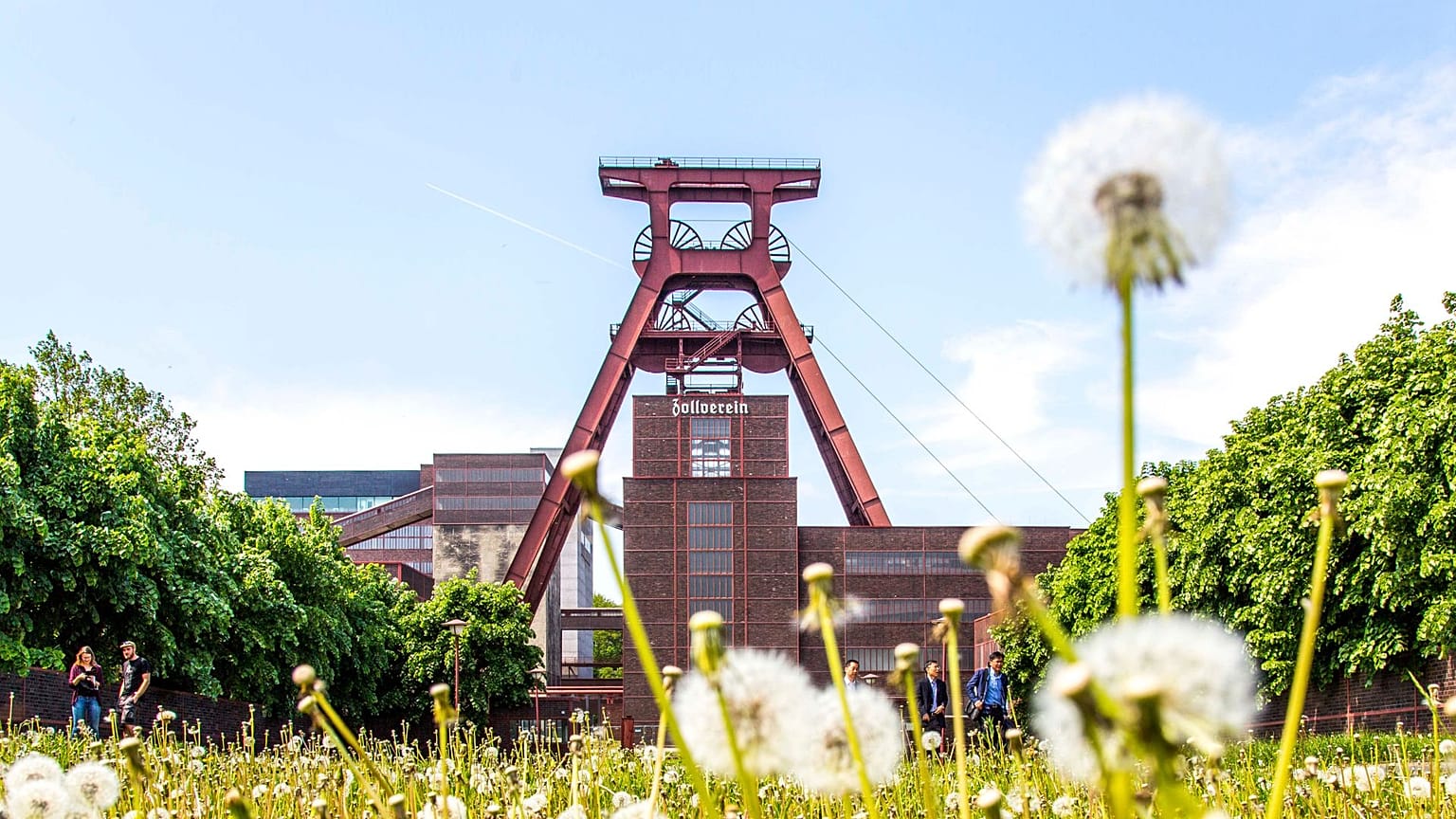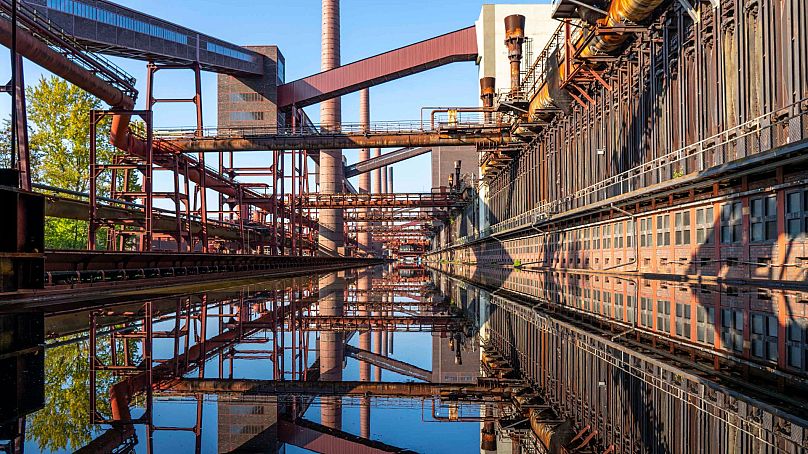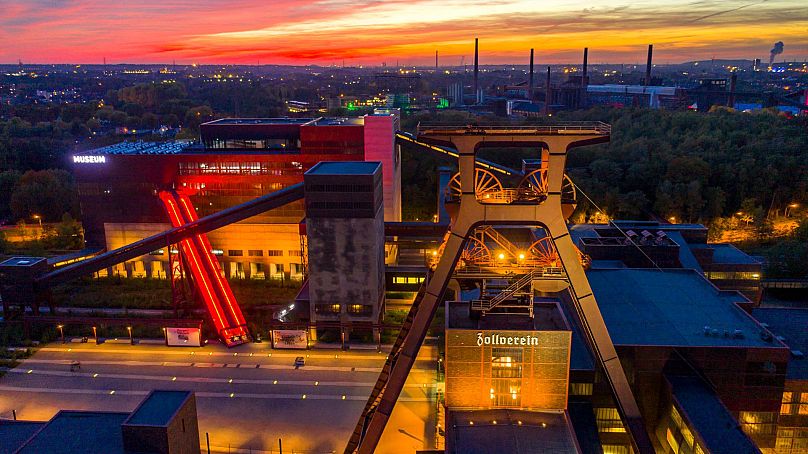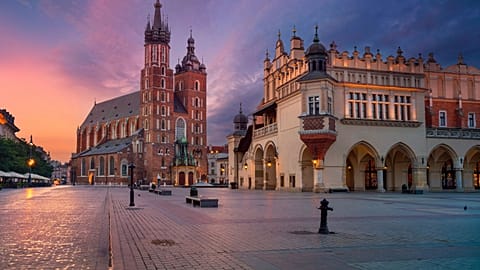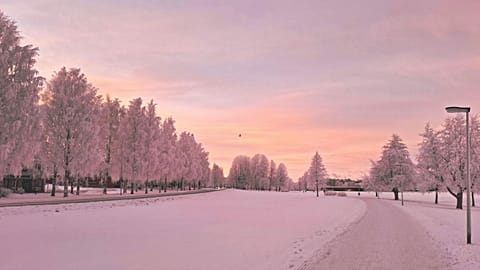This former industrial heartland has transformed coal into culture - with some spectacular results.
 ADVERTISEMENT
ADVERTISEMENT
With more slag heaps than scenic villages, more factory chimneys than castles, Germany’s Ruhr region isn’t an obvious travel destination - at least at first glance.
This was the country’s industrial heartland for decades, before its coal and steel trades slumped in the second half of the 20th century.
Nowadays, old mining and manufacturing sites still dominate the landscape. But, thanks to some creative transformations, many have become visitor attractions.
Linked by a Route of Industrial Culture, they range from a UNESCO-listed former coal mine to a Hunger Games filming location and a gas holder-turned-exhibition space.
Fancy a quirky cultural break? Here’s why you should check out the Ruhr, one of western Germany’s most offbeat regions.
The ‘most beautiful coal mine in the world’
On the outskirts of Essen, you’ll find the Zollverein, a former mining complex that’s now listed by UNESCO and among the Ruhr’s top tourist hotspots.
Named ‘most beautiful coal mine in the world’ for its eye-catching Shaft 12, the landmark houses several restaurants and multipurpose venues, plus a lively events calendar.
You can also visit two distinctive museums here. The Red Dot Design Museum - the world’s largest exhibition of contemporary design - is based in what was a boiler house. While the Ruhr Museum - located in an old coal washing plant - reveals how this once-agricultural region became Europe’s leading coal and steel producer.
With star architects like OMA and Norman Foster involved, the surroundings are as intriguing as the exhibits. Expect concrete bunkers, red piping, neon lighting and the longest freestanding escalator in Germany.
Essen: More than meets the eye
Essen, which was the European Capital of Culture in 2010 and the European Green Capital in 2017, offers more than a quirky former coal mine.
The 19th century Villa Hügel mansion and the flower-filled ‘garden city’ of Margarethenhöhe are legacies of the industrialist Krupp family. They both sit on the Route of Industrial Culture, a 400 km road that connects the most impressive industrial monuments in the Ruhr area.
You can also visit the quaint timbered borough of Kettwig and open natural spaces like Grugapark and Lake Baldeney.
While the city centre isn’t the prettiest, it has plenty up its sleeve too, from an award-winning 'mixed reality' experience - Essen 1887 - that evokes Essen in the late 19th century to the renowned Folkwang art museum and the gorgeous Neo-Byzantine synagogue. The Golden Madonna at Essen Cathedral, meanwhile, is the world’s oldest known sculpture of the Virgin Mary.
Another tip? Don’t miss the ‘hidden’ glockenspiel, installed on an otherwise unremarkable building on Kettwiger Street.
Oberhausen Gasometer: An immersive exhibition venue
Oberhausen’s former gas holder is another industrial metamorphosis, now hosting exhibits in its vast cylindrical interior.
Exhibitions like the current Fragile Paradise - ‘headlined’ by a huge suspended globe that displays cinematic satellite images - look especially stunning against this dark, soaring backdrop.
The gasometer also offers guided tours, including an unusual torchlit version in the evening.
North Duisburg Landscape Park: a Hunger Games filming location
A gasometer that’s now a diving centre, gardens in concrete bunkers, a high ropes course in an old casthouse: it’s safe to say North Duisburg Landscape Park is a park with a difference.
Other features include a viewing tower on a disused blast furnace, evening illuminations and a piazza designed using steel plates from foundry pits.
This approximately 180-hectare site, where green areas and recreational spaces weave among massive rusting structures, looks both dystopian and dramatic.
Little wonder, then, that it’s a filming location for the likes of ‘The Hunger Games’ (look out for it in the new prequel, ‘The Ballad of Songbirds and Snakes’).
Hire a bike, take a guided tour or simply enjoy a wander in this unique destination.
Beyond these highlights, the Ruhr has much more to discover, from the rest of the industrial culture route and art museum network to Dortmund’s German Football Museum.
Where to eat and drink in the Ruhr
Essen’s nicest restaurants are outside the city centre; try the Fischerei for fish and Gärtnerei for veggie menus. Chefs and Butchers serves up top-notch meat but is a bit more expensive.
Heading to the Zollverein? You can find plenty of choice there too, from high-end cuisine and cocktails to humble local faves like currywurst - and it’s hard to beat the setting.
Where to stay in the Ruhr
Essen makes for a handy city base when exploring the Ruhr. For somewhere that’s characterful and good value, try the trendy niu Cobbles or regal Mintrops Stadt Hotel in Margarethenhöhe.
Hotel Friends at the Zollverein is pricier but nails those ‘industrial chic’ vibes.
How to get to the Ruhr
The Ruhr’s major cities are generally very accessible by train. From London to Essen, for example, you could catch the Eurostar to Brussels before continuing your journey with high-speed operator Thalys.
Coaches like Flixbus are another (albeit long) option, as are flights to Dortmund.
You could also consider travelling to - and perhaps staying in - nearby Cologne or Düsseldorf, both cities with lots to offer and a short train journey into the Ruhr.
Cars have typically been the easiest way to get around outside of the cities, but the region is now keen to promote sustainable travel, with schemes such as a network of cycle paths linking key industrial landmarks.


